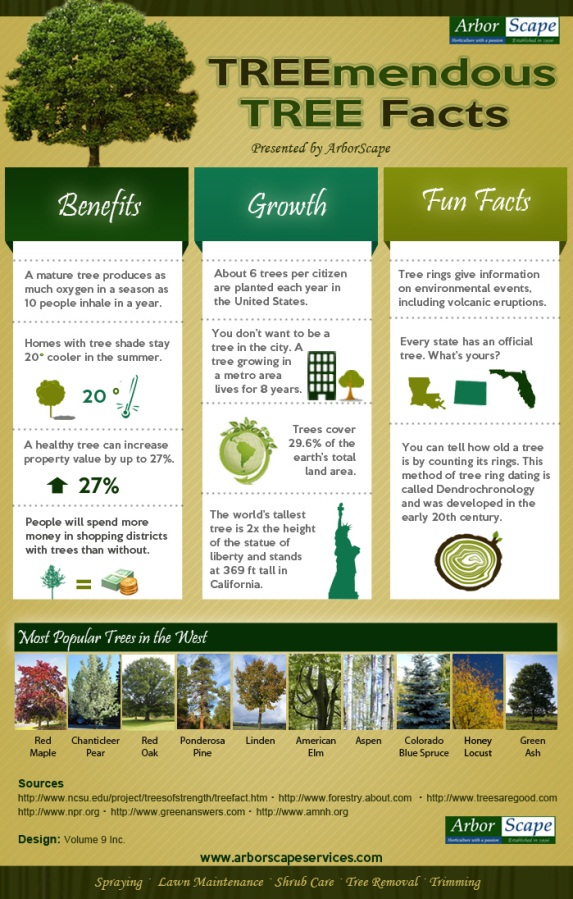Protecting Your Landscape: Replanting After Tree Elimination
Protecting Your Landscape: Replanting After Tree Elimination
Blog Article
Material Author-Breum Haaning
Tree removal can leave a gap in your landscape that needs filling. You can plant something brand-new in that area, but it takes added care and focus at the beginning to help it thrive.
The soil in that location will certainly maintain altering in time as bacteria break down the old roots. That can impact the nutrition equilibrium and physical area for brand-new development.
Soil
The dirt in a story where a tree has been gotten rid of is most likely to be very different from the remainder of your garden or yard. The roots of the old tree and the stump will have altered the dirt, removing some nutrients and possibly crowding out other plants. Additionally, if the previous tree was diseased, the transmittable representative might still be in the ground.
The presence of roots fosters a rich and diverse area of dirt microorganisms that enhances vital procedures like nutrition biking and raw material decomposition. Without these microorganisms, the displaced dirt can become much less productive and nutrient-depleted, with an adverse effect on plant growth.
Before replanting, the soil should be eliminated of debris and natural product (such as timber chips from stump grinding). You might desire to mix in potting soil or native dirt with this compost to give your brand-new planting with a setting that is well balanced and filled with nutrients.
Water
Tree origins take in big amounts of water from the dirt. This process likewise adds nutrients back to the soil, particularly nitrogen, which is essential for brand-new trees and plants. However, old soil can be diminished of these crucial minerals as a result of the decaying roots and stump from a removed tree.
This is why it's important to have a plan for the future of your landscape. Preferably, the best time to plant is when you have a clean slate.
Whether you're planting turf or blossoms, make sure to utilize a soaker tube to stay clear of overwatering your new landscaping. If the location was a yard, see to it to cover the dirt with natural compost to assist keep wetness in the dirt, control dirt temperature levels and reduce weeds. This also offers a layer of defense for young plants and promotes worm activity. After that, on a regular basis renew the compost to proceed boosting the dirt nutrient thickness and microbial life. This is referred to as soil reconstruction.
Light
Trees are a fantastic enhancement to any kind of landscape, providing color, visual pulchritude, and several other advantages. Nonetheless, sometimes trees come to be unattractive because of a variety of factors, including disease, pest invasions and natural aging.
In Suggested Looking at , it may be required to eliminate a tree. It is essential to think about the value of a specific tree in your landscape design and take the appropriate actions to guarantee that the removal is done safely and efficiently.
During the late summertime, it's an optimal time to execute upkeep and inspections on existing trees. Look for indications of illness, insect invasions, or structural damage, along with any kind of prospective threats such as damaged or leaning trees.
Prior to starting any kind of building and construction projects, make certain to secure the root areas of existing trees by avoiding soil compaction and grading around them. Organic matter, as it breaks down, can generate harmful gases that are detrimental to the origins of a tree. It's also a good concept to mulch the location around a tree after construction has ended up to preserve wetness and subdue weed growth.
Temperature
Trees are very important to a landscape for their visual allure, however they also play an essential duty in the neighborhood community by giving shade and windbreaks. They sustain wildlife habitats and minimize the quantity of co2 in the air, which can add to worldwide warming. This is why it is suggested to replant trees after removing one from the residential or commercial property.
When replanting a new tree in the area of a previous stump, the dirt might not have adequate nutrients to support it. It is best to wait for a year prior to growing to make certain that the dirt will certainly be rich in nutrients.
To guarantee that replanted trees prosper, it is vital to give them with proper treatment. A layer of mulch will certainly keep soil moisture from evaporating, control soil temperature, and assistance subdue weeds. Organic compost is the recommended selection because it boosts dirt fertility. Ongoing fertilizing and insect control are additionally essential for replanted trees.